Cold brew coffee has become a favorite among coffee lovers. Its smooth, rich flavor and low acidity make it stand out. But what affects the taste of cold brew? Two key factors are temperature and brewing time. Understanding these can help you craft the perfect cold brew.
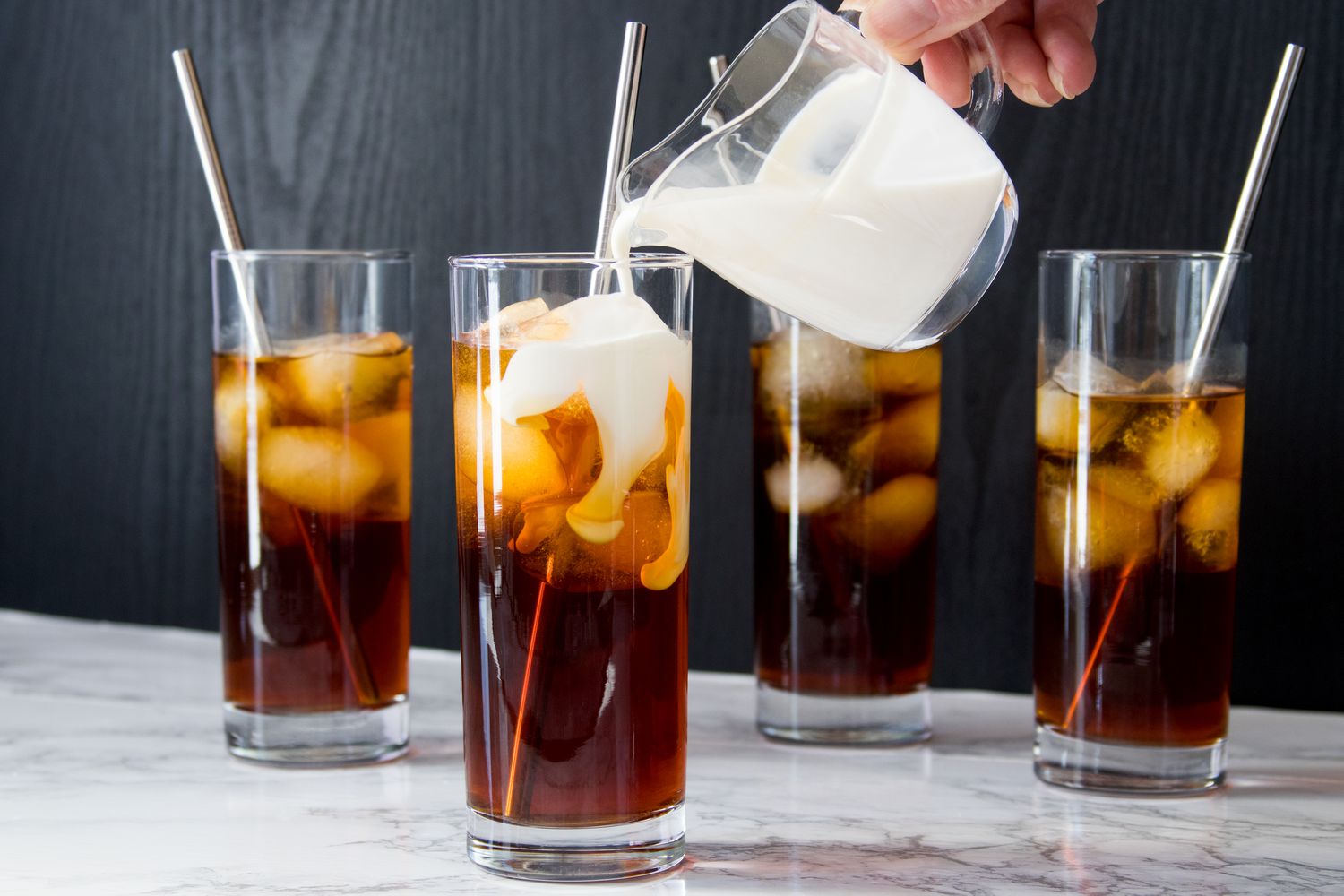
cold brew coffeeCold Brew Basics
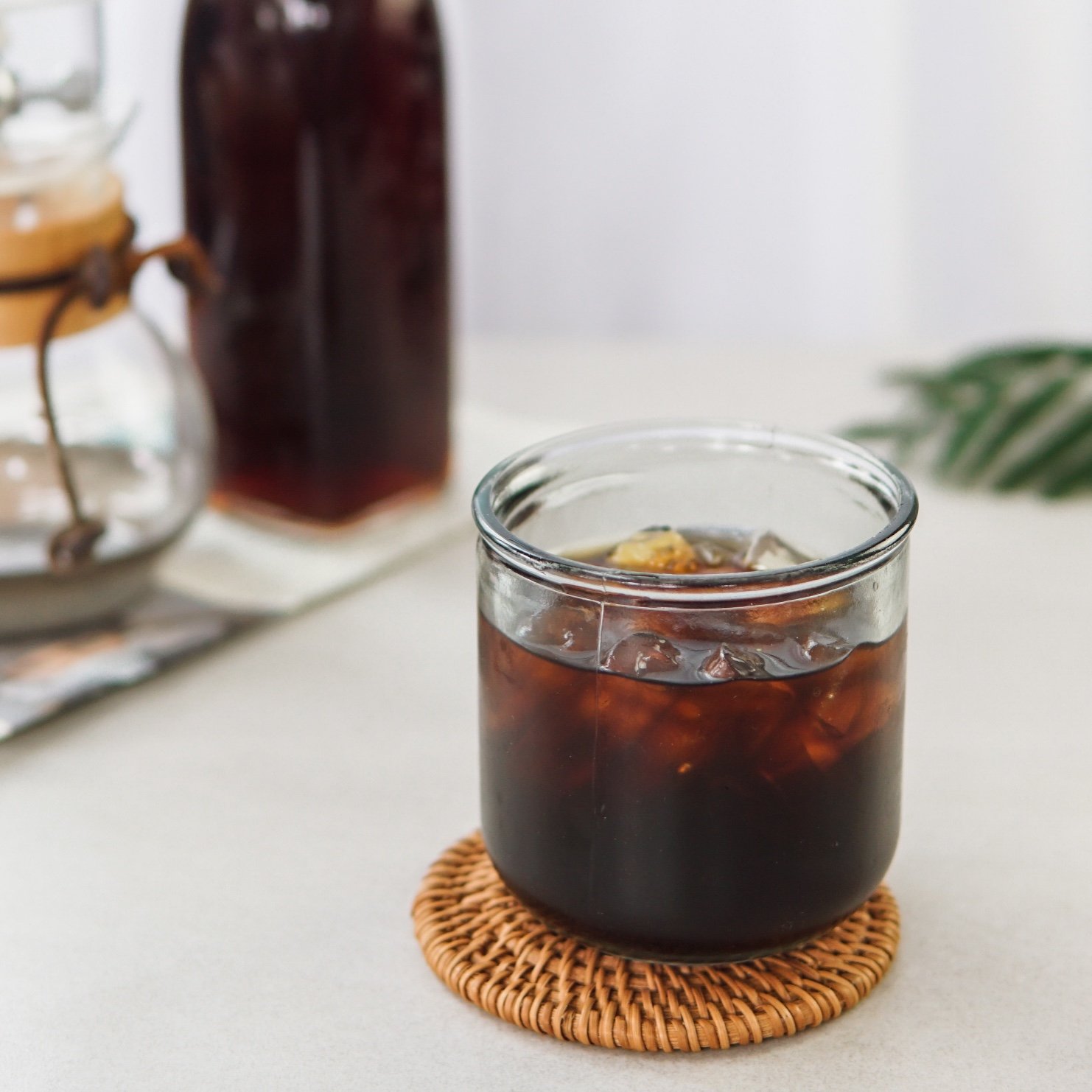
Cold brew is made by steeping coffee grounds in cold water. This process is slow, usually taking between 12 to 24 hours. Unlike hot coffee, cold brew extracts flavors gently. The result is a smoother, less acidic coffee. However, the taste of your cold brew can vary based on how you brew it.
The Role of Temperature
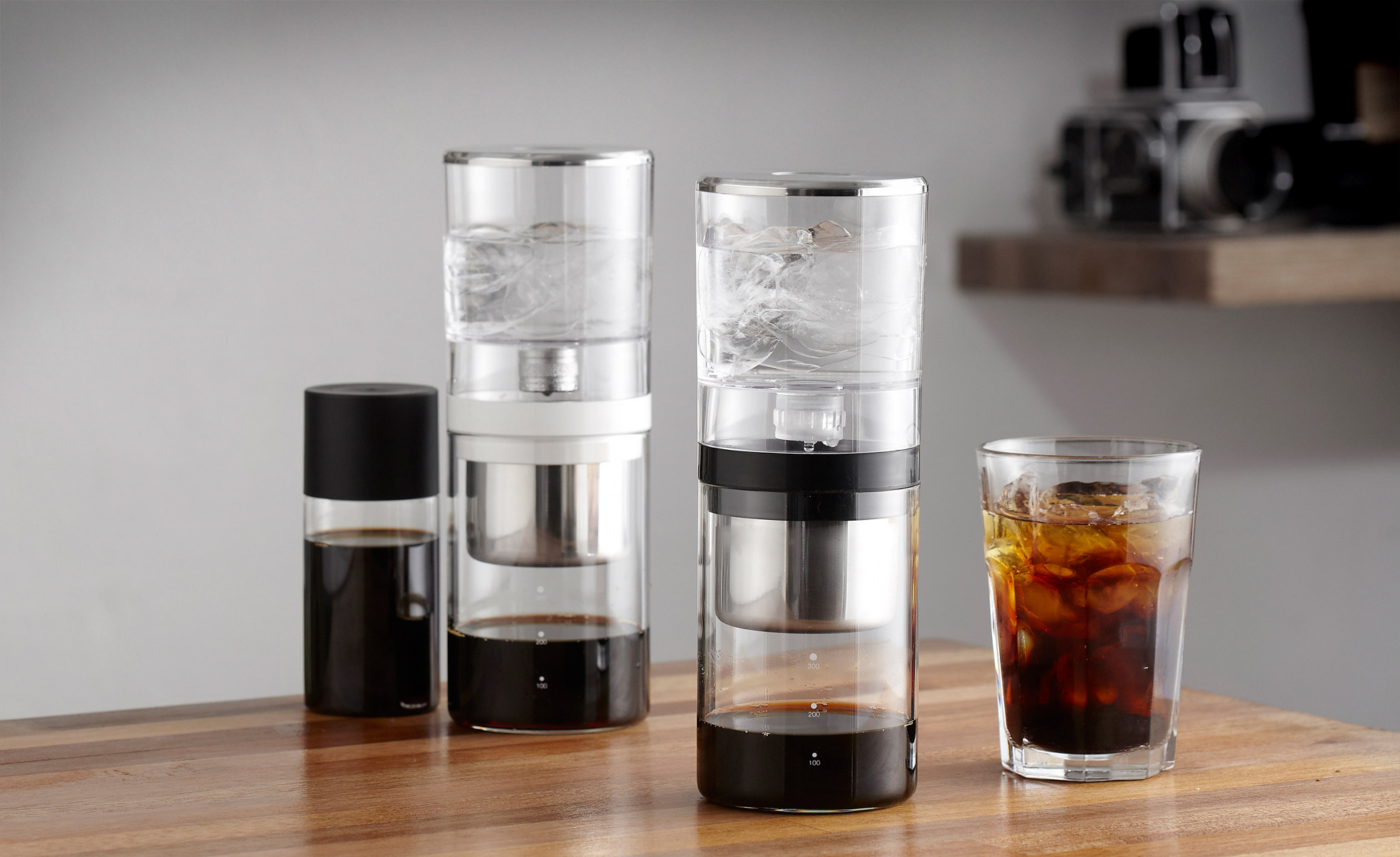
Temperature plays a crucial role in cold brew. Typically, cold brew is made at room temperature or in a refrigerator. The temperature affects how the coffee’s compounds dissolve in water.
When you brew at a lower temperature, the extraction process slows down. This can result in a smoother, less bitter taste. Lower temperatures tend to highlight sweeter, more subtle flavors. The cold water extracts fewer oils and acids, which leads to a mellower flavor profile.
On the other hand, brewing at room temperature speeds up extraction. This can bring out stronger, bolder flavors. Some may find the coffee more robust, but it can also introduce more bitterness. Room temperature brewing might not bring out as much sweetness as colder methods. However, it can create a more intense coffee experience.
Experimenting with Temperature
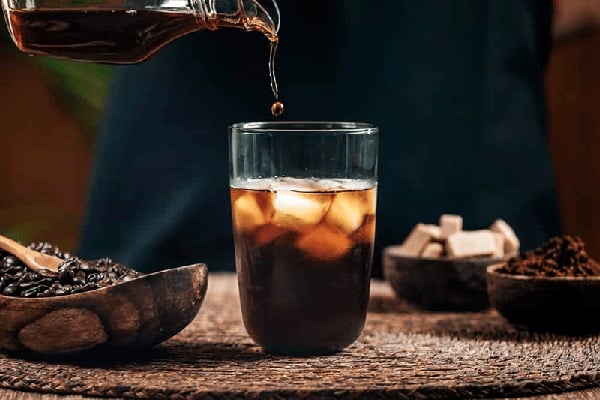
To find your ideal cold brew flavor, experiment with different temperatures. Start by brewing one batch at room temperature. Then, try another in the refrigerator. Compare the flavors. You might prefer the smoothness of the cold brew from the fridge. Or, you may enjoy the stronger notes from the room temperature brew.
Brewing Time and Its Effects
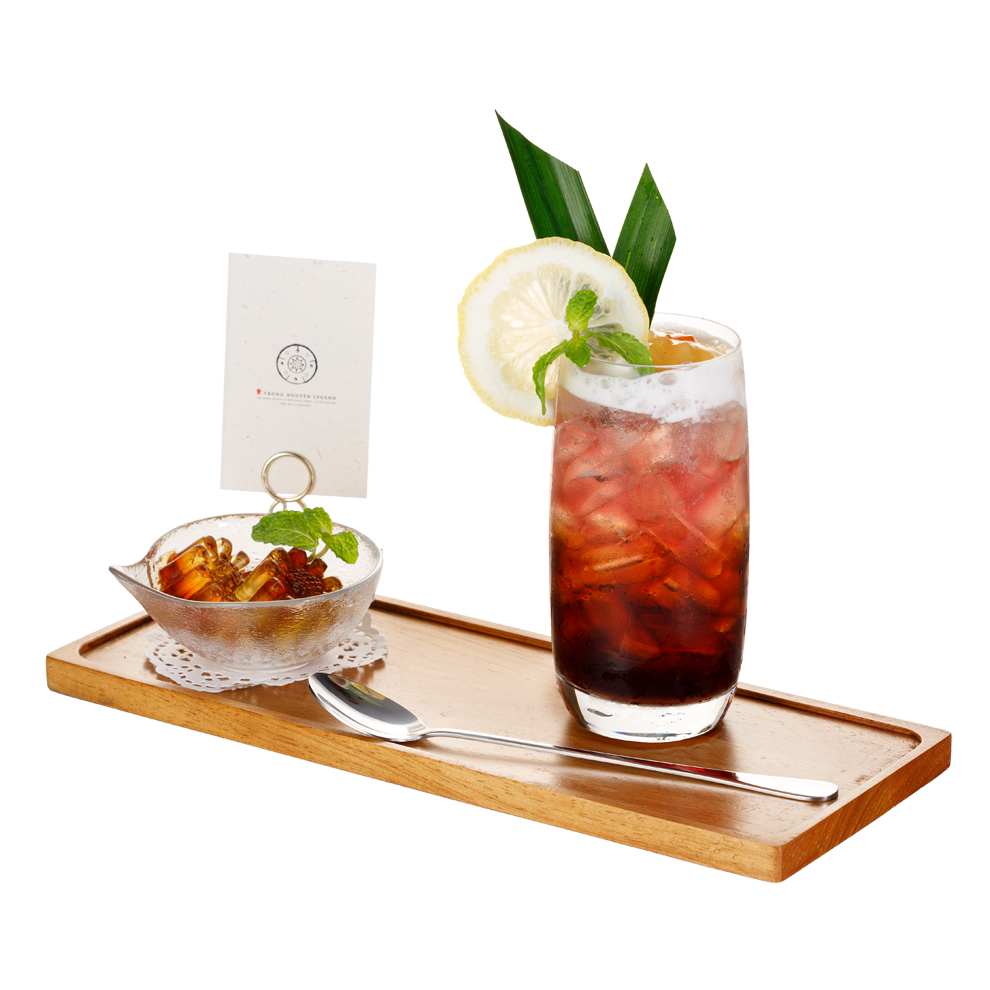
Brewing time is another important factor. The length of time you steep the coffee affects its strength and flavor.
A shorter brewing time, around 12 hours, will produce a lighter cold brew. This method highlights the coffee’s more delicate flavors. You might notice fruity or floral notes. However, the coffee may taste less full-bodied.
Brewing for 24 hours creates a stronger, richer cold brew. The longer steeping time allows more compounds to dissolve. This results in a more concentrated flavor. The coffee will taste bolder, with more pronounced notes of chocolate or caramel. But, it could also become too strong or bitter for some tastes.
Finding the Right Balance
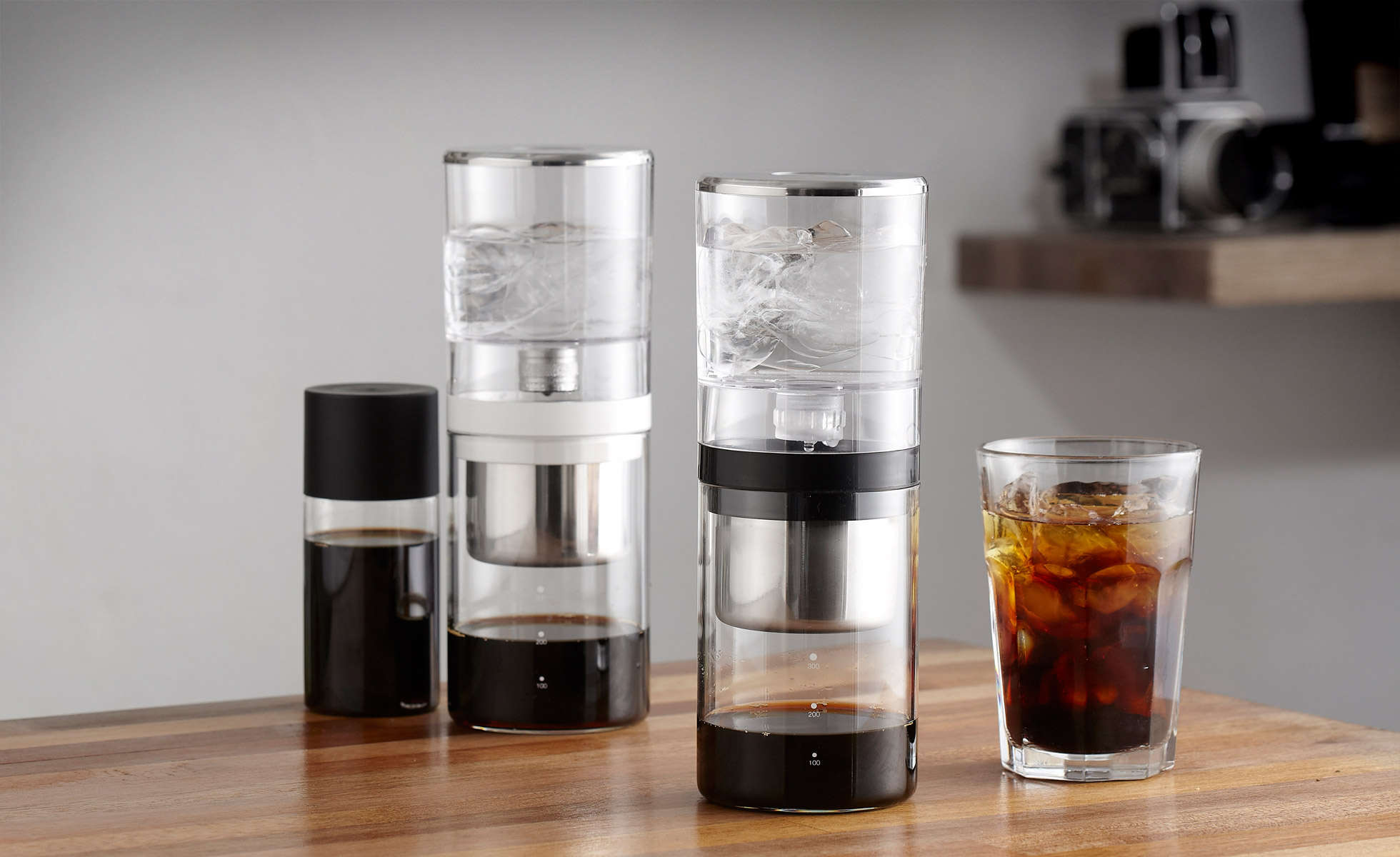
Balancing temperature and brewing time is key to making great cold brew. If you brew at a lower temperature, you might need more time to extract the flavors fully. Conversely, if you brew at room temperature, a shorter steeping time might be enough.
For example, if you brew in the fridge, try steeping for 18 to 24 hours. This will give the coffee enough time to develop a rich flavor. If you’re brewing at room temperature, 12 to 18 hours might be better. This avoids over-extraction and keeps the flavors balanced.
Adjusting to Your Taste
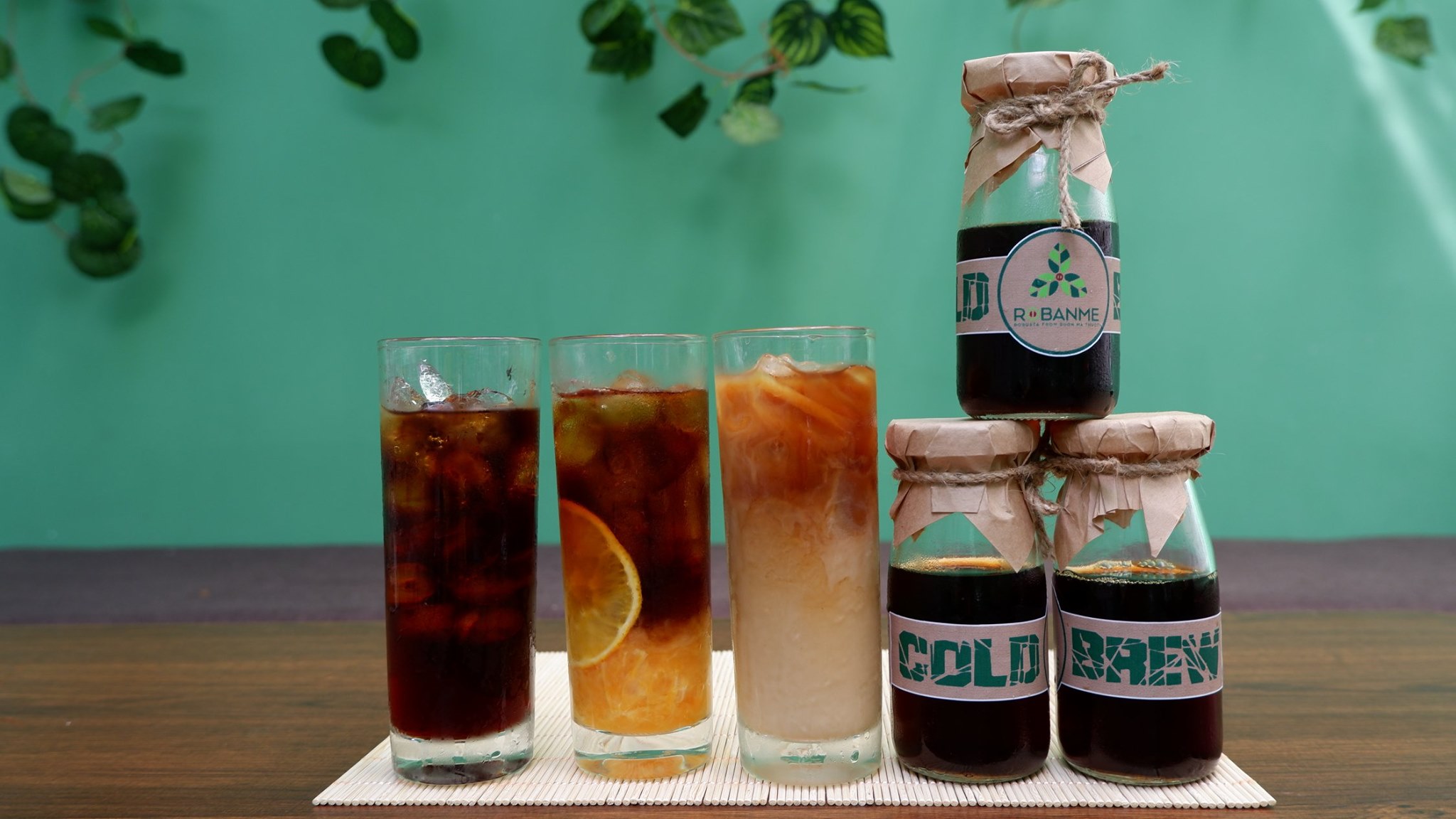
Everyone’s taste is different. Some people love a strong, bold cold brew. Others prefer it smooth and mild. Adjusting the temperature and brewing time lets you customize your cold brew.
If you like your cold brew strong, try brewing at room temperature for 24 hours. For a milder brew, use colder water and brew for 12 to 18 hours. The key is to experiment until you find the combination that suits you best.
The Importance of Coffee Quality
While temperature and brewing time are crucial, the quality of the coffee beans also matters. Freshly roasted, high-quality beans will produce the best cold brew. The grind size should be coarse, similar to sea salt. This prevents over-extraction and bitterness.
Always use clean, filtered water. Water makes up the majority of your cold brew, so its quality affects the flavor. Poor-quality water can ruin even the best beans.
Storing Your Cold Brew
After you’ve brewed your cold brew, it’s important to store it properly. Cold brew can be stored in the fridge for up to two weeks. However, it’s best to consume it within a week for the freshest taste. Over time, the flavors may degrade, becoming dull or stale.
Conclusion
Temperature and brewing time are key factors in crafting the perfect cold brew. Lower temperatures and longer brewing times can create a smooth, mellow drink. Higher temperatures and shorter times can produce a bolder, stronger cold brew flavor. By experimenting with these variables, you can find the ideal balance for your taste. Remember, the quality of your beans and water also play a big role. With the right approach, you can enjoy a cold brew that’s perfectly tailored to your preferences.
